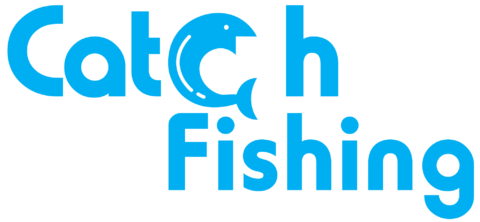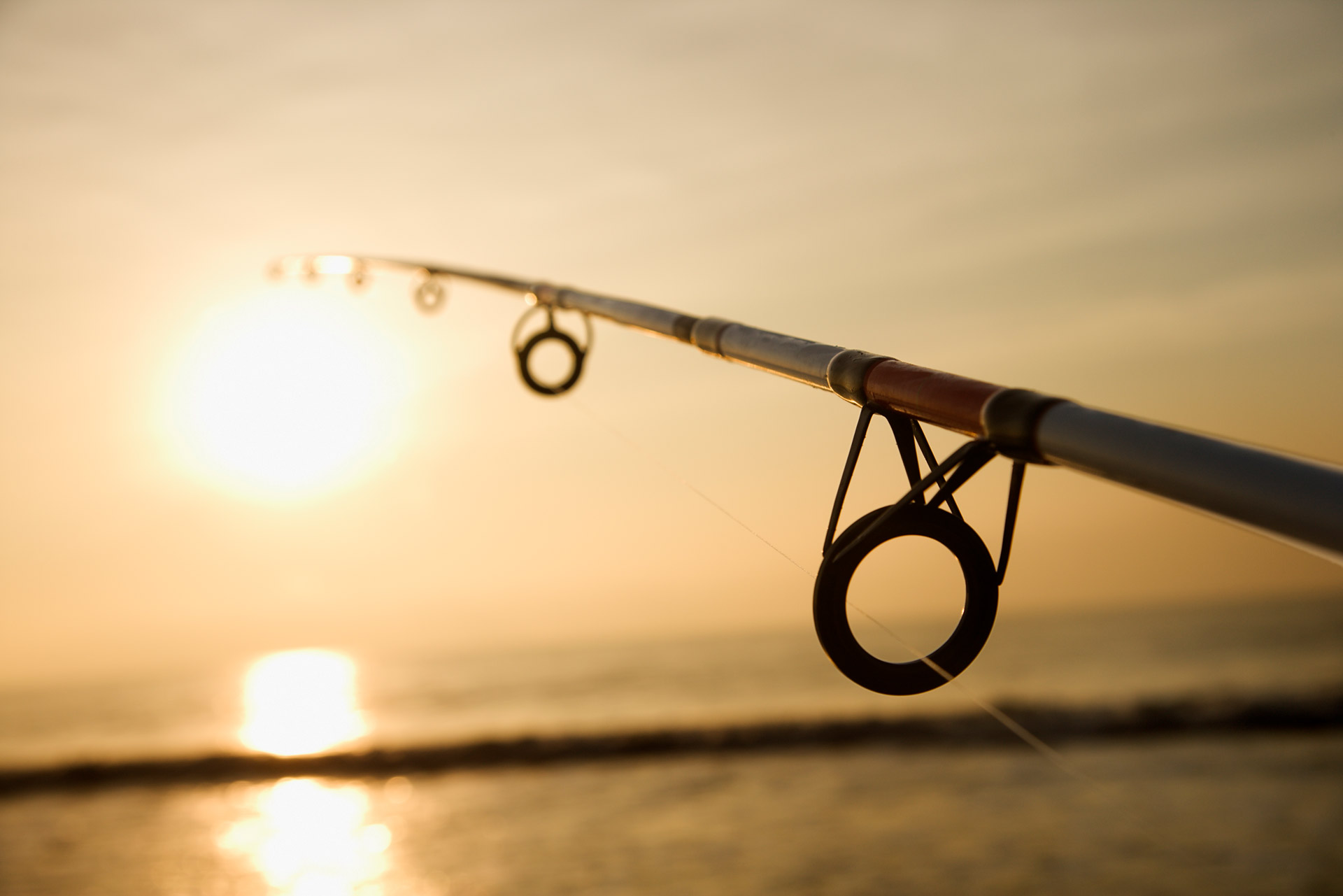Tactics For Successful And Sustainable Lagoon Fishing
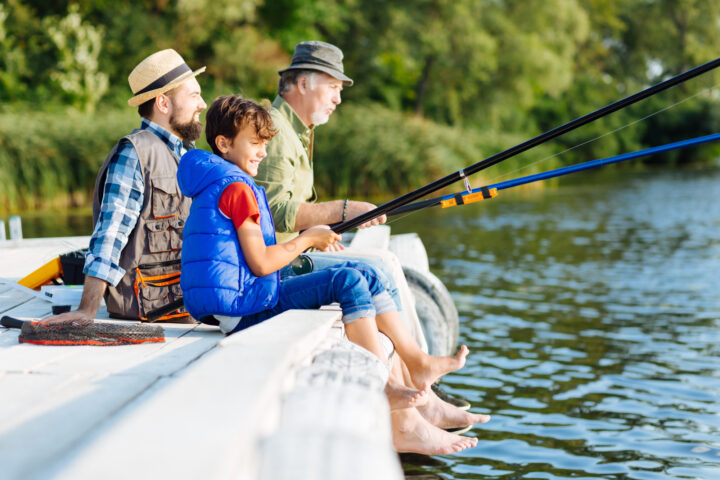
Imagine the serene beauty of a lagoon, where the water meets the sky in a breathtaking embrace, and the air is filled with the gentle murmur of waves kissing the shore. This is where the dance between the angler and nature begins, in the tranquil haven of lagoon fishing.
Lagoon fishing is a journey into the heart of nature, where every cast tells a story of harmony and respect for the aquatic world. In this article, you'll learn the art and soul of lagoon fishing, unveiling tactics that promise a bountiful harvest from these brackish waters. Read on to explore the secrets and tips of successful and sustainable lagoon fishing!
- Understand The Lagoon Ecosystem
The cornerstone of successful and sustainable lagoon fishing lies in a deep understanding of the ecosystem. These unique environments are living, breathing entities that ebb and flow with the tides of change. Subtle shifts in water warmth, saltiness, and currents can drastically influence where the fish hang out and how they behave.
As the seasons transition, so do the patterns of the fish species that call the lagoon home. Some might arrive for a short time as temperatures rise, while others depart when conditions become less favorable.
For instance, Indian River Lagoon animals may exhibit distinct behavioral patterns aligned with the region's seasonal fluctuations. During the warmer months, species like spotted seatrout and redfish might congregate in the shallow grass flats to spawn, presenting prime opportunities for anglers to target these prized catches.
Conversely, as temperatures cool, these same fish may retreat to deeper channels in search of more stable conditions. Therefore, your odds of landing a prized catch is attuning yourself to these natural rhythms and cycles.
- Select The Right Gear
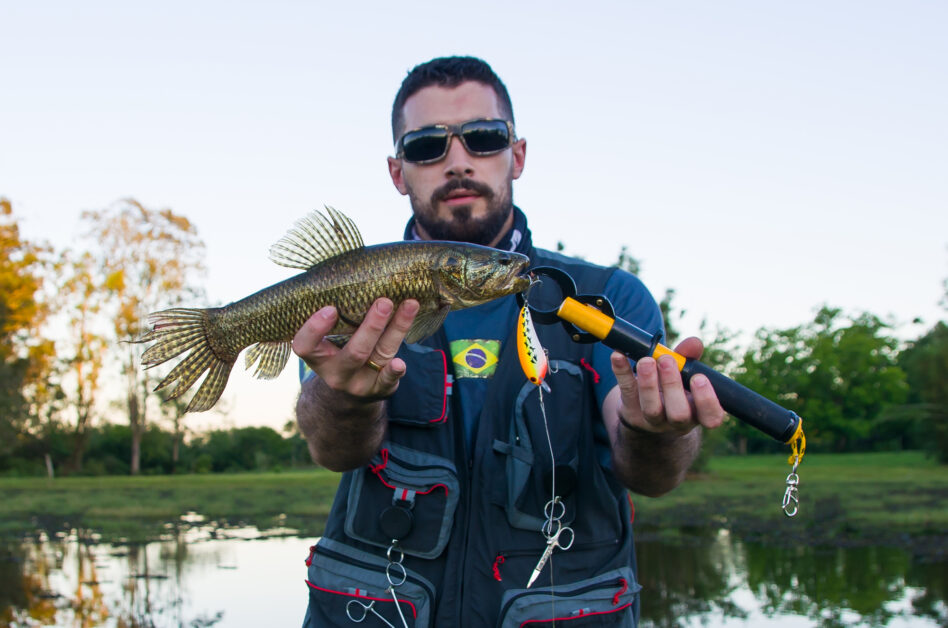
Aside from understanding the lagoon's ecosystem, choosing the appropriate gear is a critical factor in achieving success.
Here are some considerations for essential lagoon fishing gear:
- Rod and reel: Choose a lightweight to medium-powered spinning rod and reel combination that's well-suited for the species you're targeting. Consider the typical size of those fish and the techniques you'll be using, like live bait fishing or lure casting.
- Lures and bait: Live baits like shrimp, minnows, and crabs are excellent choices. However, don't overlook artificial lures that can also be effective. Pick lures that mimic the size, color, and action of the prey common in that lagoon system.
- Sustainable practices: Use appropriately sized hooks to avoid deep hooking undersized fish. Also, consider using circle hooks that catch fish in the jaw area, resulting in less injury and easier release. Use biodegradable fishing lines when possible and remove any litter or discard unwanted bait or lures appropriately.
By carefully considering your gear and practicing sustainable methods, you'll be well-equipped for a successful and sustainable lagoon fishing adventure.
- Learn From The Locals
The wealth of knowledge seasoned local fishermen possess is one of the most invaluable resources for lagoon anglers. The local fishermen have spent countless hours on the water observing the lagoon's ecosystem over many seasons and years. Engaging with them can help you gain a profound understanding that transcends what guidebooks or online resources can provide.
These experts can offer insights into the prime fishing spots that consistently produce catches, pinpointing the areas where fish are more likely to congregate, depending on tidal patterns and temperature changes. Their familiarity with the lagoon's intricate structure provides invaluable insight into lures, baits, and presentations that're more effective for targeting desired species.
- Use Adaptive Techniques
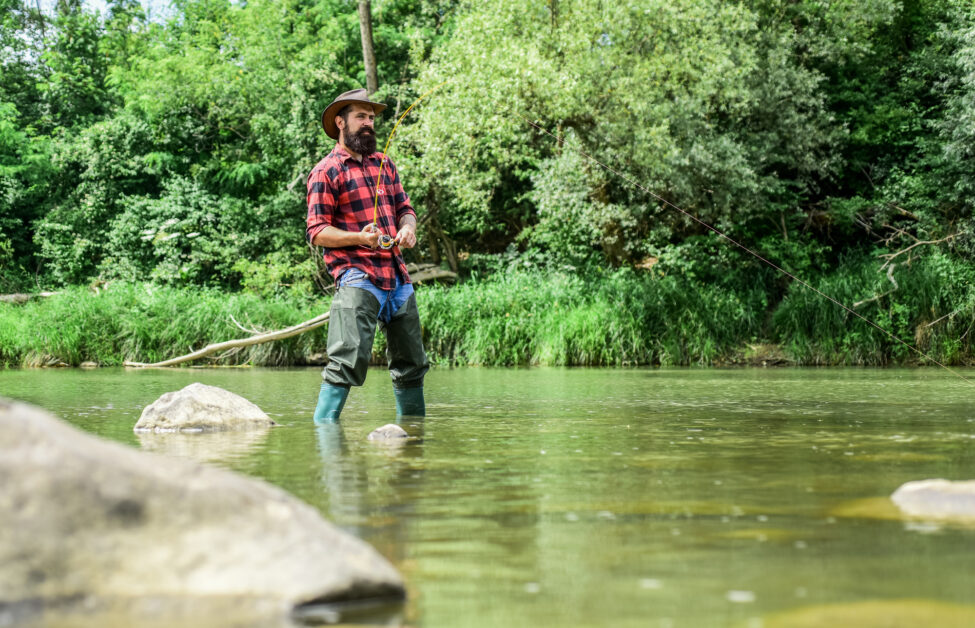
Embracing an adaptable approach to fishing techniques, whether you're fly fishing, casting, or trolling, is crucial for achieving success while maintaining the sustainability of the lagoon ecosystems. For instance, favoring artificial lures over live bait helps reduce pressure on native baitfish populations that play vital roles in the food chain. Sight fishing, which usually involves locating fish before making a cast, minimizes disturbances to non-target species and their habitats.
Moreover, developing an understanding of the predatory behaviors exhibited by your target species can inform judicious selections of lures and bait presentations. This knowledge allows you to increase your efficiency, resulting in less wasted effort and reduced impact on the environment.
Conclusion
Lagoon fishing demands a thoughtful approach that balances the joy of fishing with the responsibility of stewardship. By following these tactics and adopting sustainable practices, you can ensure that your lagoon fishing adventures are successful and contribute to the long-term health of this valuable ecosystem. Remember, a healthy lagoon means a thriving fishery for you and future generations of anglers to enjoy.


